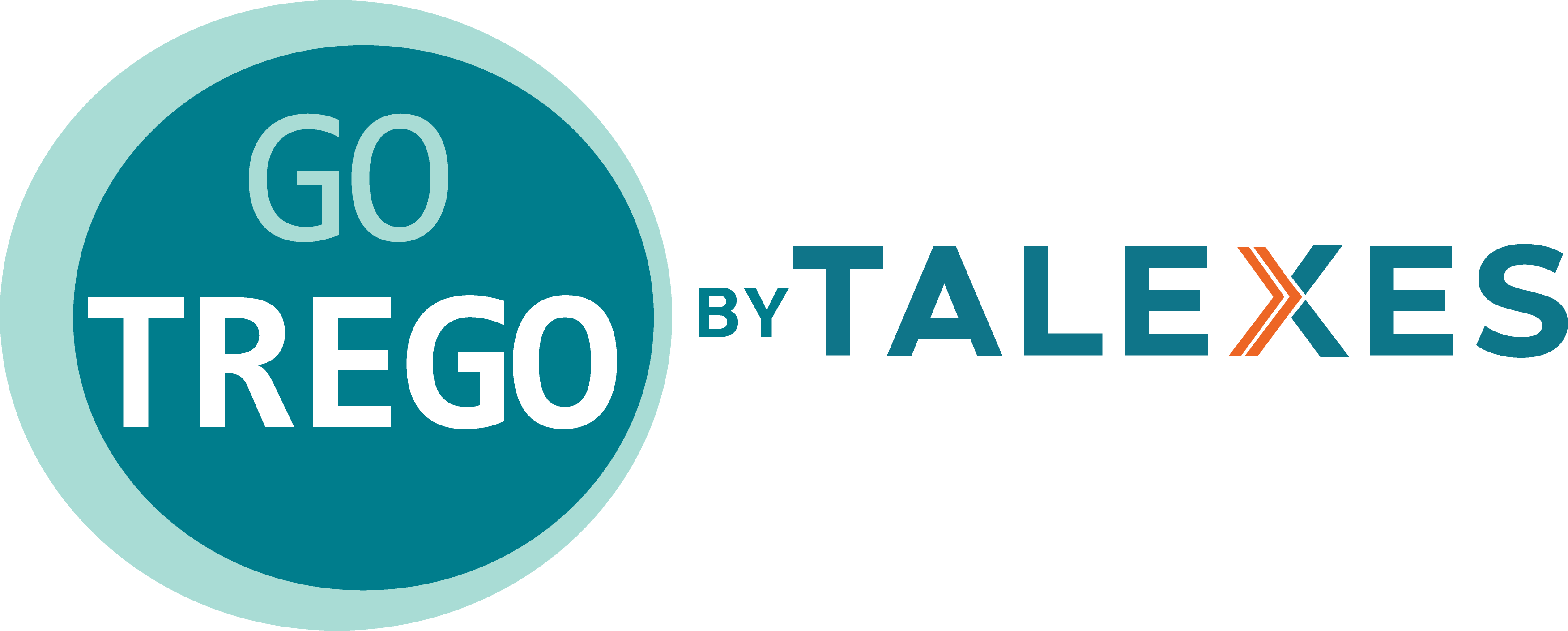In today’s competitive job market, companies are increasingly turning to employment assessments to make smarter hiring decisions. These assessments offer valuable insights into candidates’ skills, abilities, and potential cultural fit within an organization. However, to truly maximize the return on investment (ROI) of these assessments, organizations must adopt best practices and draw lessons from successful implementations. Here are seven key strategies to help organizations harness the full potential of their employment assessments:
1.Define Clear Objectives and Align Assessments
To ensure the effectiveness of employment assessments, it’s crucial to define clear objectives and align them with the organization’s overall hiring strategy. Whether the goal is to identify technical skills, assess cultural fit, or predict future performance, having well-defined objectives ensures that assessments are tailored to meet specific hiring needs.
2.Integrate Assessments Throughout the Employee Lifecycle
Maximizing the ROI of employment assessments involves integrating them at various stages of the employee lifecycle. From pre-employment screening to ongoing performance evaluations, assessments should be seamlessly incorporated to identify talent, address knowledge gaps, and track career development.
3.Provide Training for Assessors and Interviewers
Even the most reliable assessments can yield inaccurate results if not interpreted correctly. Organizations must invest in training for assessors and interviewers to ensure they understand the assessments being used and can interpret results accurately. Training should also focus on mitigating biases to ensure fair evaluations.
4.Utilize Multiple Assessment Methods
Combining different assessment methods offers a more comprehensive view of candidates’ abilities and potential. By incorporating interviews, cognitive tests, personality assessments, and work samples, organizations can gain deeper insights into candidates’ strengths, weaknesses, and overall fit.
5.Continuously Evaluate and Refine Assessment Processes
To maintain the effectiveness of employment assessments, organizations should regularly review and refine assessment processes. This includes analyzing data on predictive validity, gathering feedback, and identifying areas for improvement. Continuous evaluation ensures assessments remain aligned with evolving organizational needs.
6.Monitor and Track Assessment Impact
Establishing metrics and tracking the impact of employment assessments is essential for measuring ROI. By monitoring key performance indicators such as retention, productivity, and engagement, organizations can gauge the effectiveness of assessments and make data-driven adjustments as needed.
7.Learn from Success Stories and Share Knowledge
Drawing insights from success stories and best practices of other organizations can provide valuable guidance for optimizing assessment strategies. By learning from past experiences and networking with peers, organizations can identify innovative approaches and avoid potential pitfalls.
Employment assessments have the potential to be powerful tools for organizations seeking to make informed hiring decisions and drive overall success. By implementing these best practices and leveraging lessons from successful implementations, organizations can unlock the full value of their employment assessments. With strategic assessment processes in place, companies can attract top talent, enhance productivity, and ultimately achieve their business objectives.





